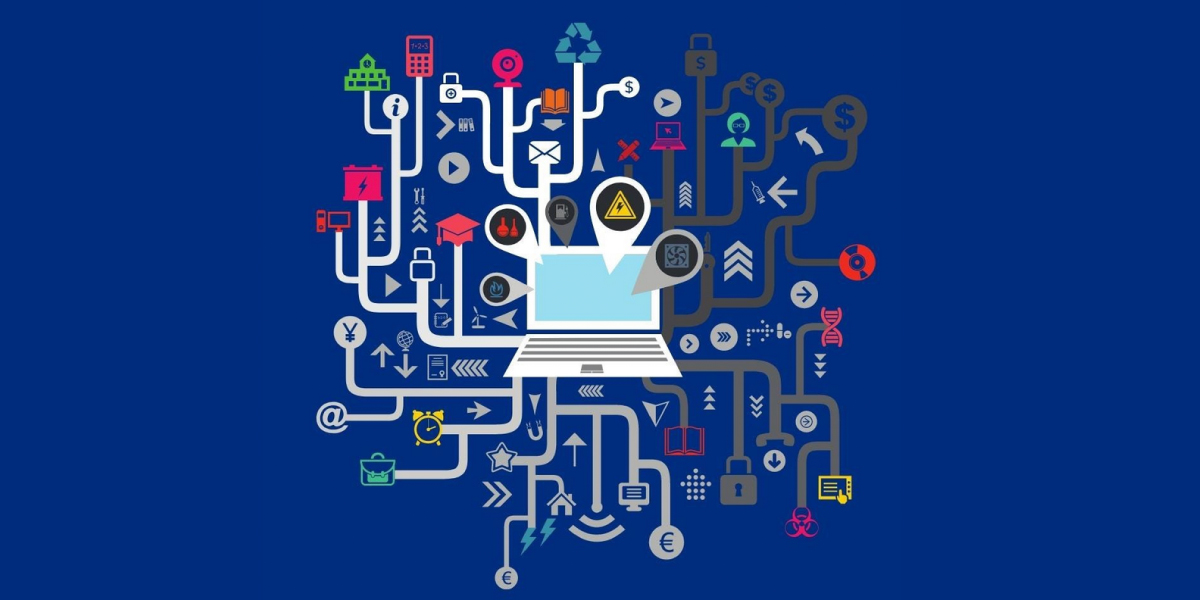PRIN 2022 PNRR
UNIFI local PI: Andrea Marino
UniFI personnel: Ana Shirley Ferreira Da Silva, Jason Schoeters
Coordinator: Università degli Studi di Pisa (PI: Laura Ricci)Participants: Università degli Studi di Firenze, CNR (local PI: Paolo Mori)
Brief description of the proposal
Our project is aimed at creating an environment to provide the widespread public with direct access to the main Distributed Ledgers behind the decentralized protocols at the base of the Web 3.0. We propose to achieve this by leveraging cutting edge research in several Computer Science fields (distributed systems, graph theory, and data visualization) to achieve ambitious results perfectly aligned with the PNRR goals.
Distributed Ledger Technology (DLT) is well aligned with the PNRR principles, especially for, but not limited to, what concerns empowering users in the digital sphere. In fact, DLT trustworthiness, transparency, and automation are properties highly desirable when attempting to digitize traditional processes or improve existing digital ones. By encouraging and supporting digitization without compromising security alone, for example for state administrations, DLT helps in reducing paperwork and information storage and sharing, in turn reducing the impact on the environment. But the unique properties of DLTs can even enable novel processes or business models impossible with traditional centralized solutions.
Let us consider for example the ‘circular economy’ strategic emerging topic of the PNRR Mission 4 this project is framed in. Circular economy is based on the concept of recycling, but often not enough incentives are given to end users in taking part in it, besides moral ones. A DLT could, instead, add a whole system of incentives based on users rewarding, for example through a token economy. Similarly, it could increase transparency of the whole carbon credit system, as well as cutting its cost. DLT can enhance supply chains as well, another key pillar of the circular economy, by providing the full tracking of components life cycle through complete supply chain traceability. This could include tamper resistant carbon footprint information as well, further aligning with the PNRR goals.
But all DLT protocols ultimately rely on the ability of users to read data on the Ledger, and that is not that can be assumed possible for the wider public, either due to lack of resources or technical know-how. Existing applications to achieve this on behalf of the user are not a good solution, as they are third party components that reintroduce the need for user trust. This is why we propose a novel environment that enables users to access DLT data in a trustworthy, user-friendly way and formats the results in an easy to understand graphical way. The toolset is flexible and powerful enough to be used by researchers, decentralized applications, and the widespread public alike. Among its theoretical contributions, the toolset will introduce a uniform representation for transactional data coming from heterogeneous ledgers and will provide advanced state-of-the-art temporal graph analysis and visualization tools.

